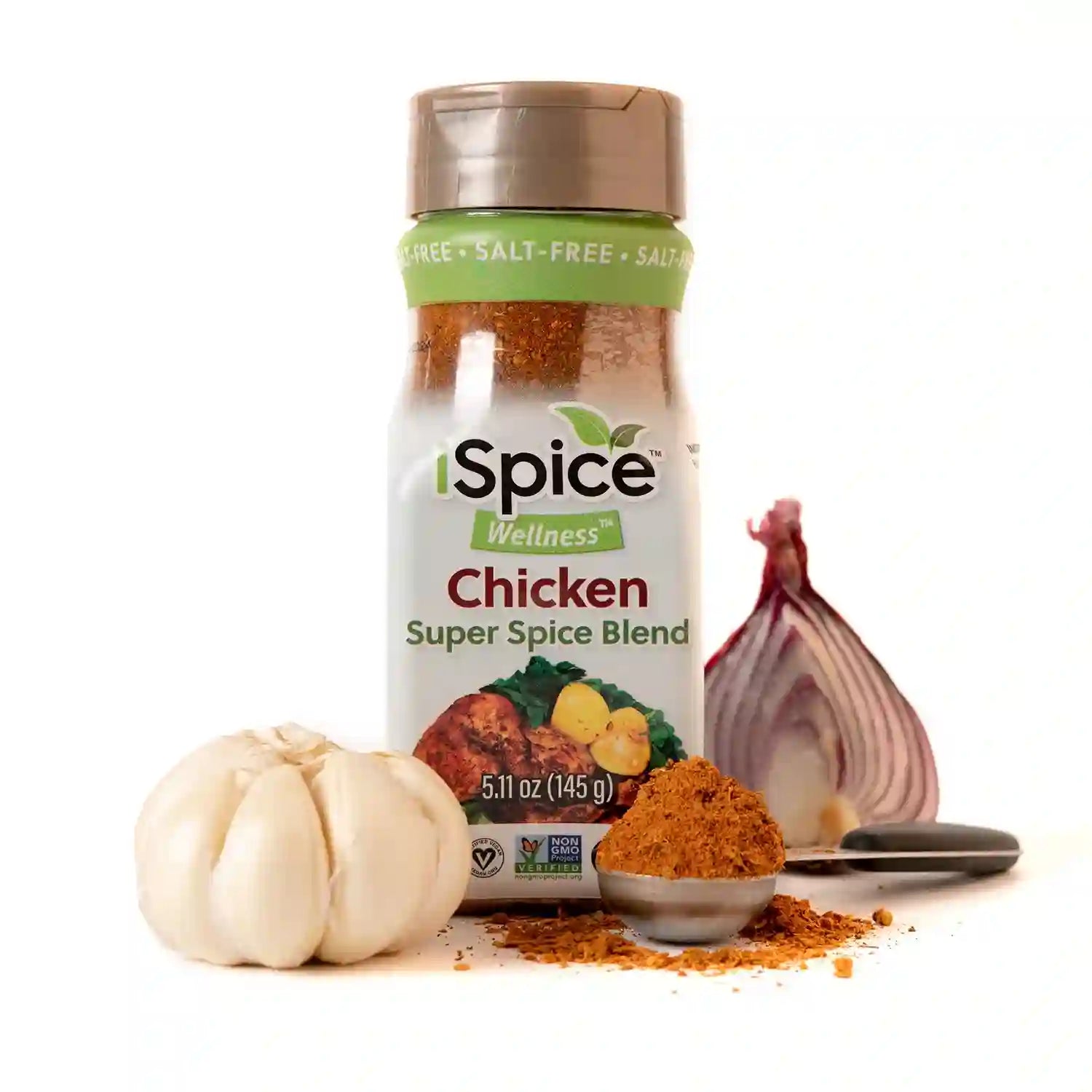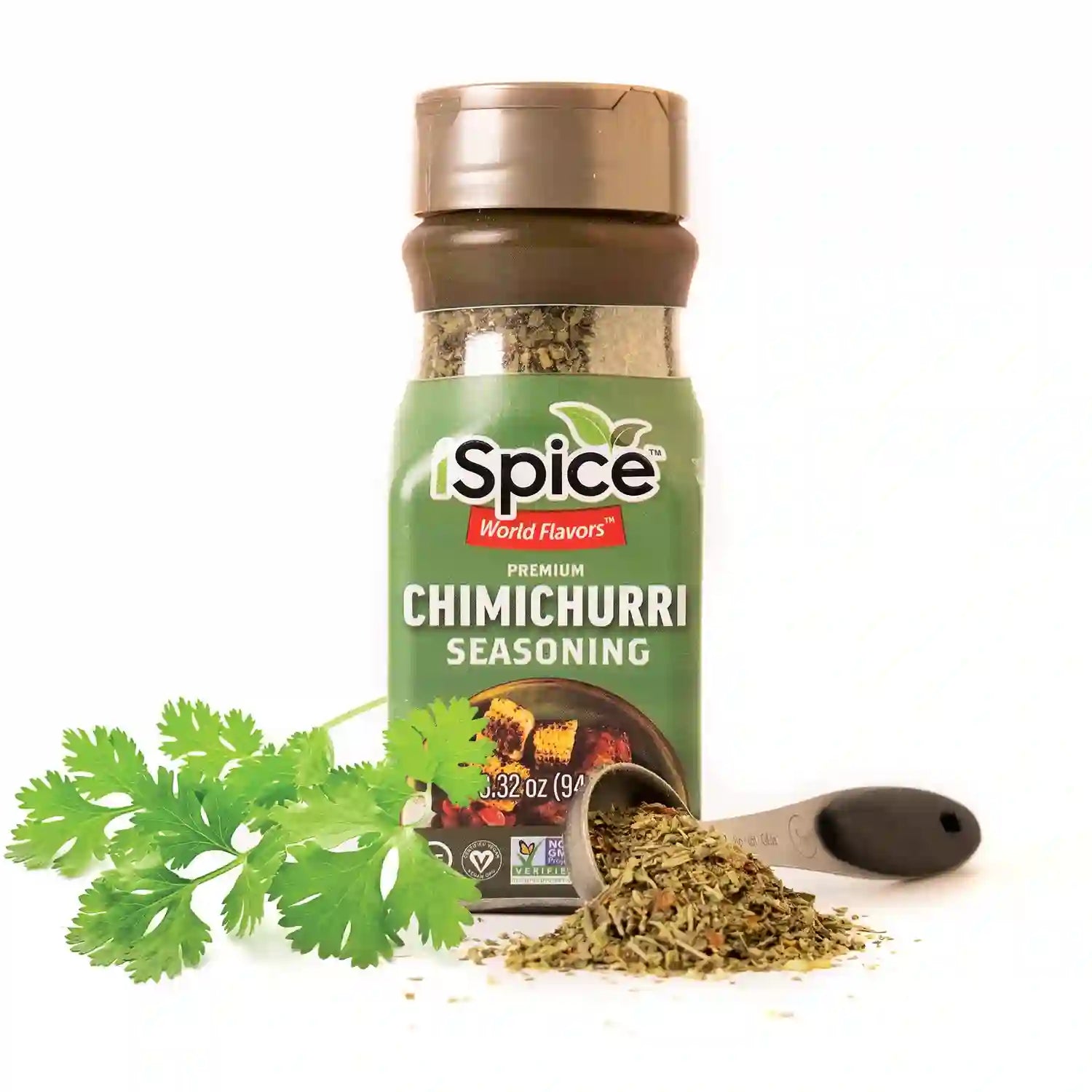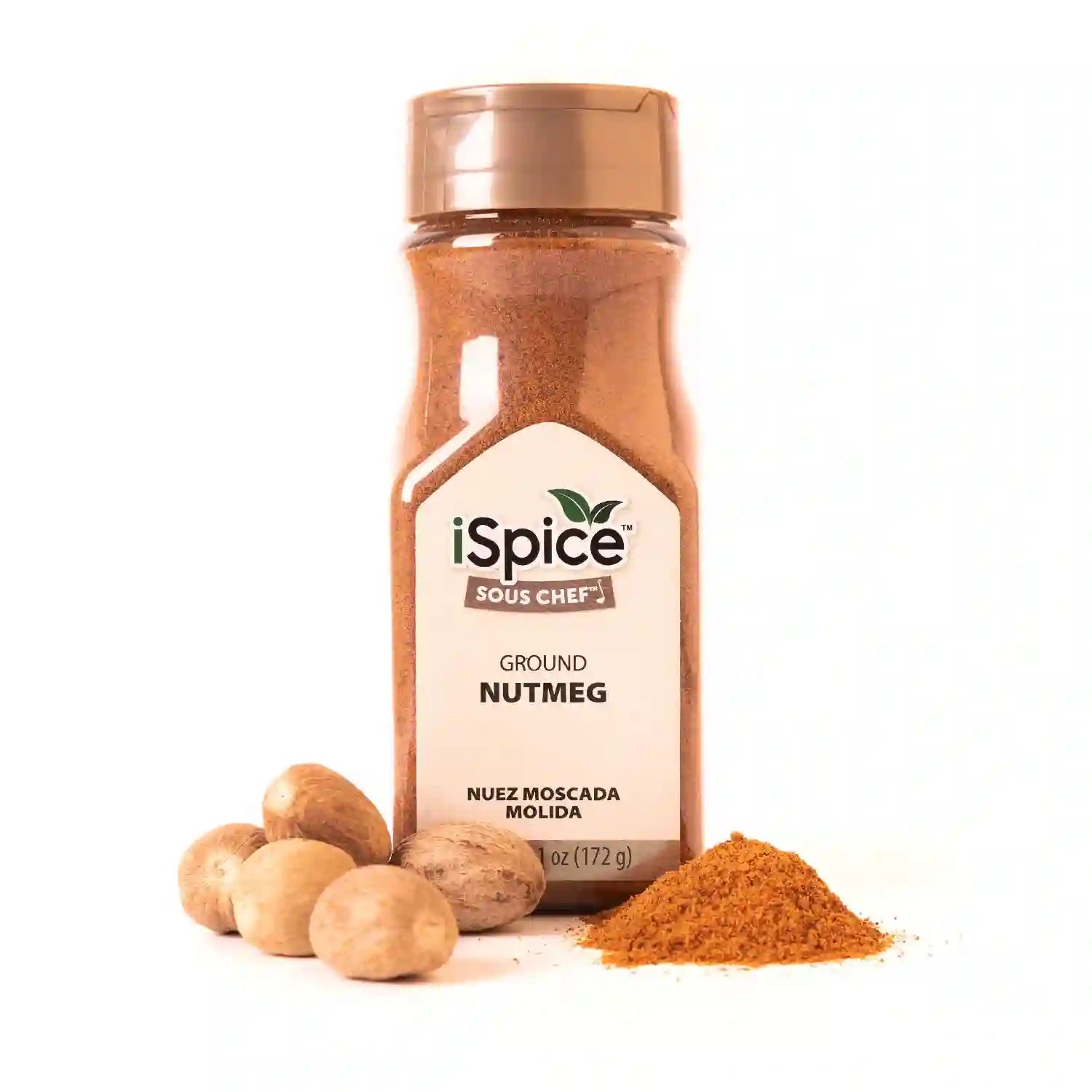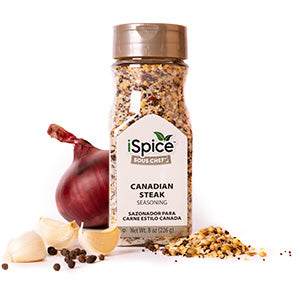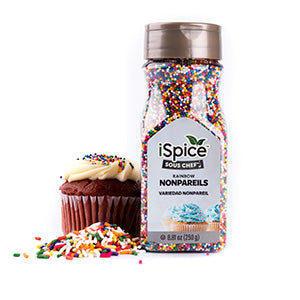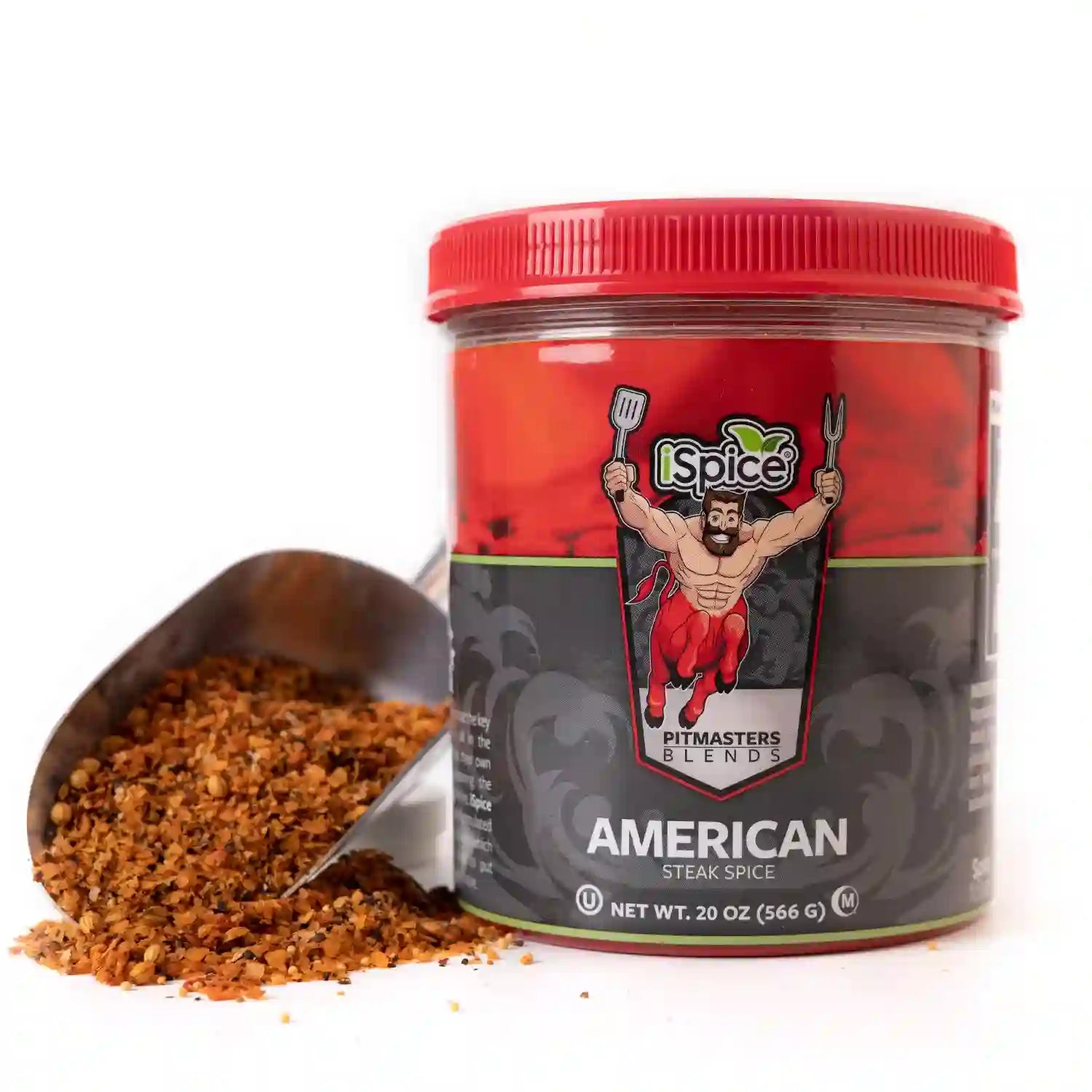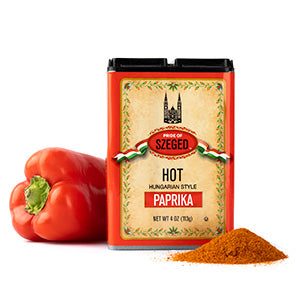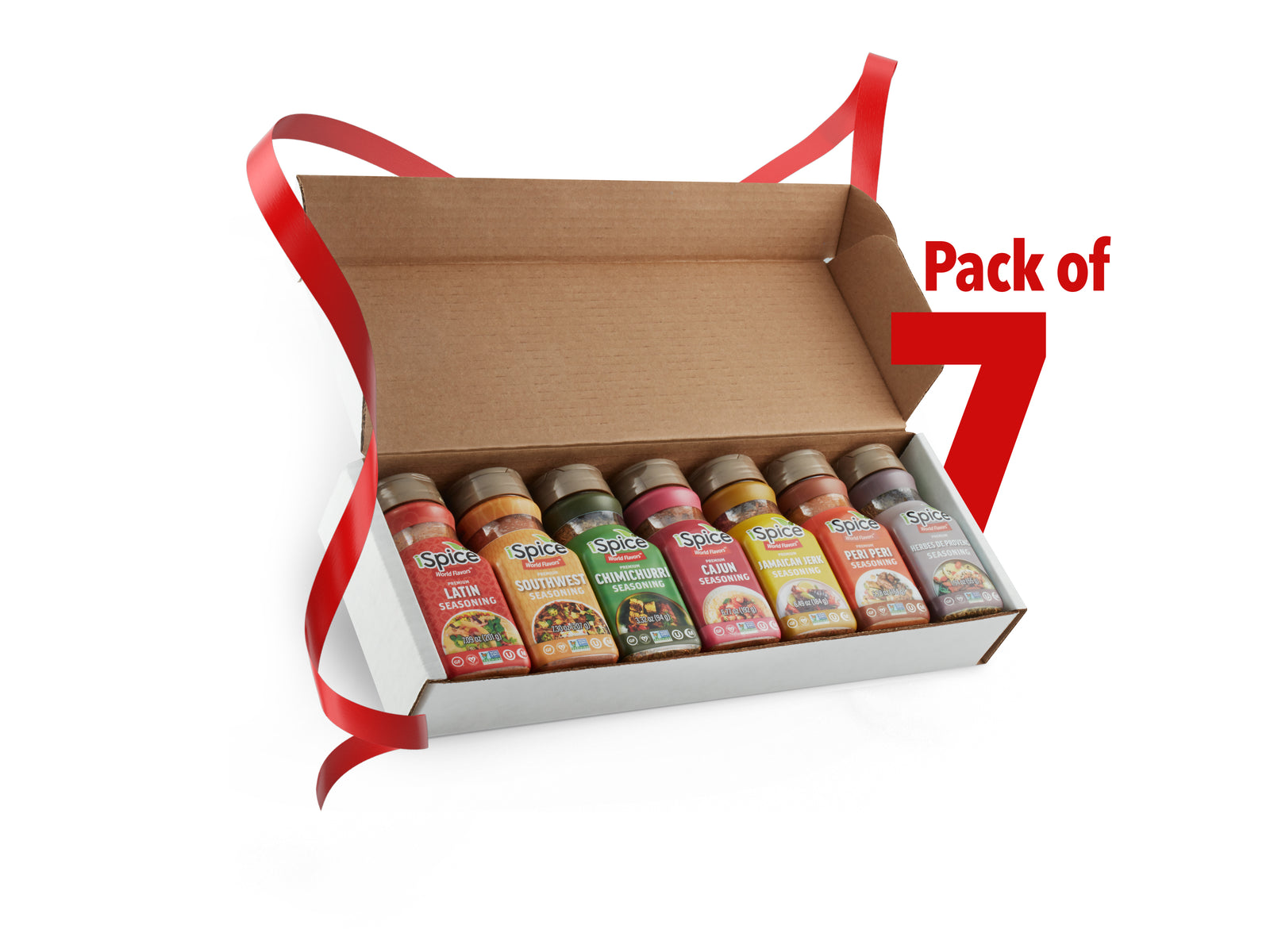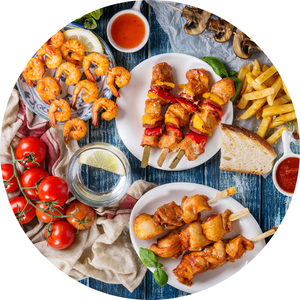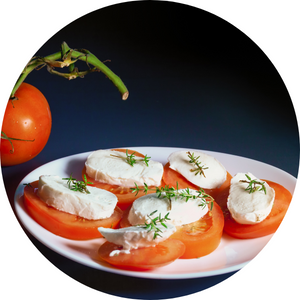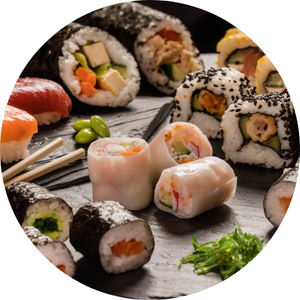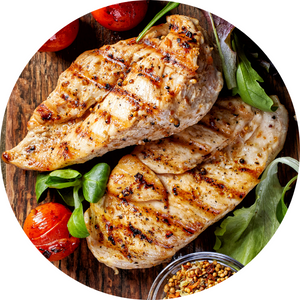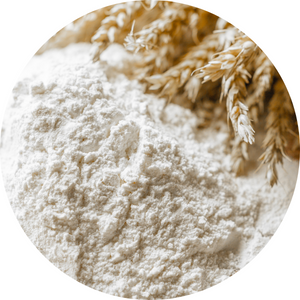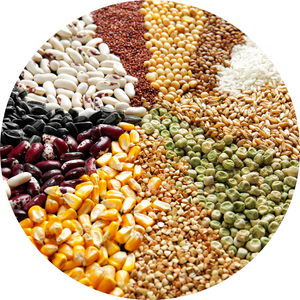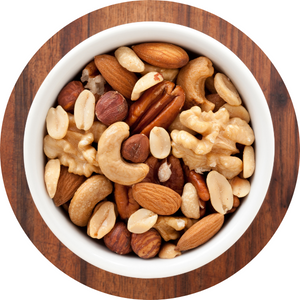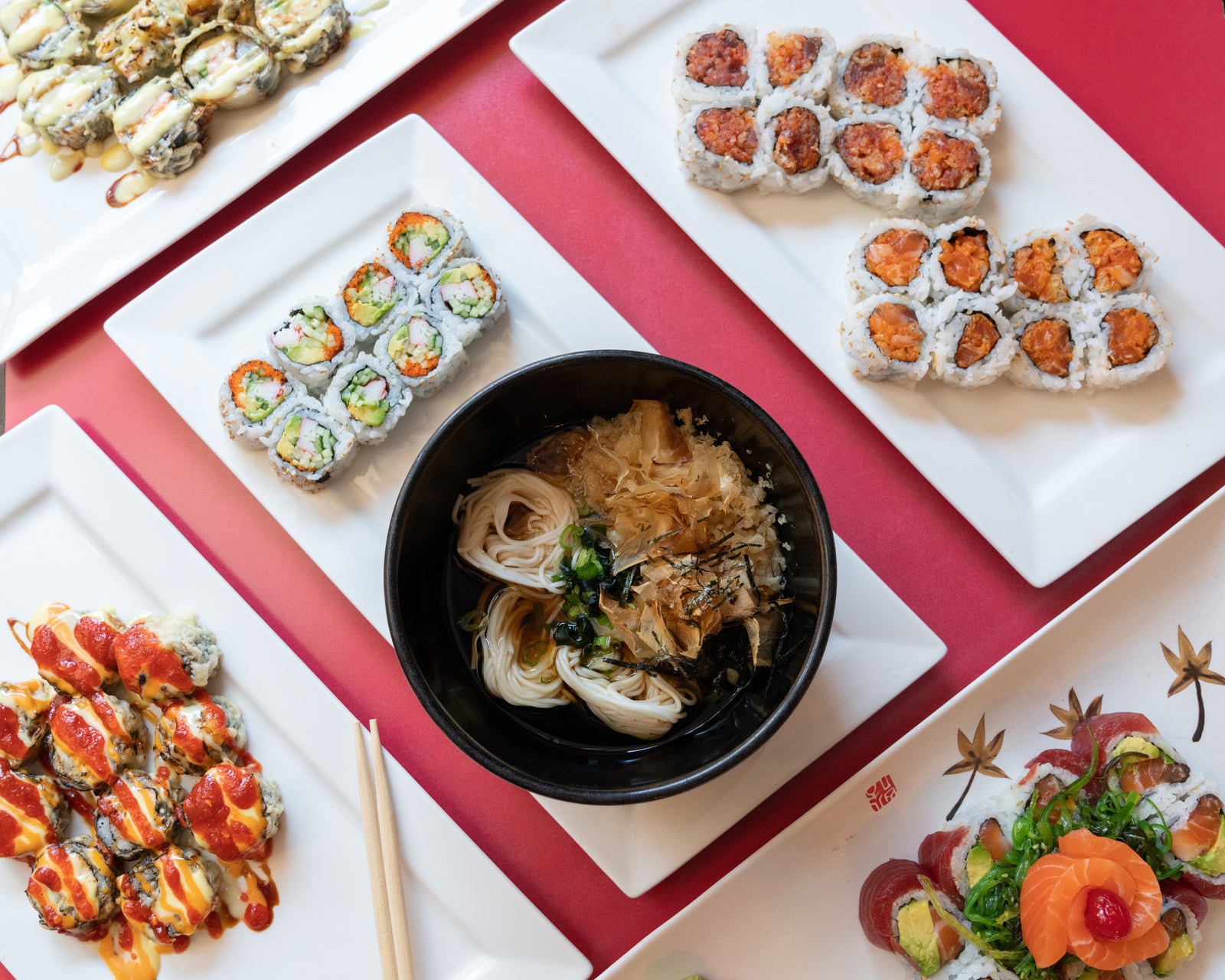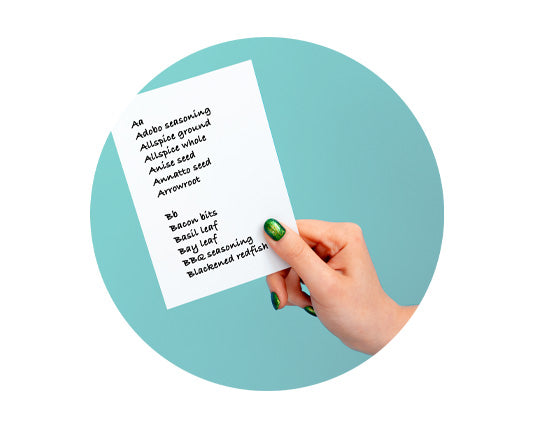
Smoking transforms simple cuts of meat into richly flavored, tender dishes — but the key to unforgettable smoked flavor lies in how you season it. Whether you’re smoking beef, poultry, pork, or fish, proper seasoning ensures depth, balance, and that signature smoky crust.
Understanding Seasoning for Smoking
Seasoning isn’t just about taste; it’s about building layers of flavor that complement the smoke. The right balance of salt, spice, and aromatics helps the smoke penetrate while forming a caramelized bark on the surface.
1. Dry Rubs for Smoking
Dry rubs are the foundation of smoked meat flavor. A dry rub typically includes salt, sugar, herbs, and ground spices that form a crust during the smoking process.
Recommended base ingredients:
-
Paprika (for color and sweetness)
-
Brown sugar (for caramelization)
-
Garlic and onion powder (for depth)
-
Black pepper and cayenne (for heat)
-
Mustard powder (for tang)
Tip: Apply your rub evenly across the surface of the meat and let it rest for at least one hour before smoking. This allows the flavors to adhere and absorb into the surface.
2. Wet Rubs and Marinades
Wet rubs combine spices with liquid elements like oil, vinegar, or mustard. Marinades are thinner versions that penetrate deeper into the meat.
When to use:
-
Use a wet rub for short smoking sessions or delicate meats like chicken or fish.
-
Use a marinade overnight for larger cuts like brisket or pork shoulder.
3. Layering Flavor Before Smoking
Layering flavor involves combining multiple seasoning steps for a complex result. For example:
-
Start with a brine or light marinade.
-
Pat dry and apply a dry rub.
-
Finish with a glaze or mop sauce during the final hour of smoking.
This method enhances both flavor and color while keeping the meat moist.
4. Balancing Salt and Sweetness
Salt helps draw out moisture and deepen the smoky flavor, while sugar balances bitterness from smoke. A 2:1 ratio of salt to sugar is ideal for most rubs. Too much sugar can cause burning, so monitor temperature closely during long smoking sessions.
5. Choosing the Right Wood for Your Seasoning
The type of wood you use complements your seasoning choice:
-
Hickory: strong, best with bold rubs or barbecue blends.
-
Apple or cherry wood: mild and slightly sweet, ideal for poultry and pork.
-
Mesquite: intense and smoky, pairs well with peppery rubs.
FAQ
Q1: Should I season meat before or after smoking?
Always season before smoking. Applying rubs or marinades early allows flavors to penetrate and helps form the outer crust or bark.
Q2: How long should the seasoning sit before smoking?
For dry rubs, let the meat rest for at least one hour, or refrigerate overnight for deeper flavor. For marinades, 6–12 hours is typically enough.
Q3: Can I combine dry rubs and marinades?
Yes, but use them in sequence — marinate first, pat dry, then apply a dry rub before placing the meat in the smoker.
Q4: What is the best way to keep the rub from burning?
Avoid too much sugar in your rub and maintain a steady low temperature (225–250°F). Sugar can caramelize quickly and darken the crust.
Q5: Do I need to reapply seasoning during smoking?
For long smoking sessions, lightly baste or spritz the meat every few hours with apple juice or broth to keep the surface moist and flavors balanced.

